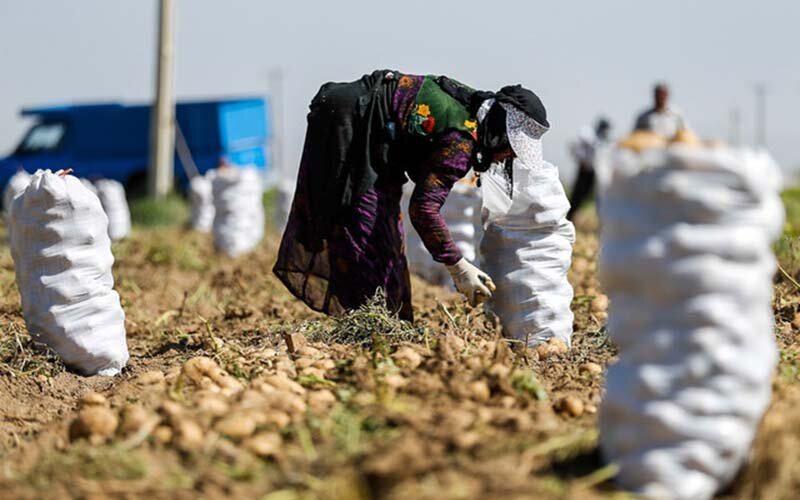Rural development projects worth $3b to be inaugurated

TEHRAN – Rural development projects worth 130 trillion rials (nearly $3 billion at the official rate of 42,000 rials) will be inaugurated on the occasion of the National Day of Villagers and Nomads, which is marked on October 5.
Currently, 26 percent of the country's population lives in villages, Mohammad Omid, the vice president for rural development, said, adding that around 39,000 villages have more than 20 households and 23,000 villages have less than 20 households.
Thus, more than 97 percent of the country's rural population lives in villages with over 20,000 households, he added.
He went on to state that 6,750 construction projects will come on stream on this day in various fields such as roads, communications, etc. In addition, a total of 26,512 projects will be launched throughout the country.
Moreover, some 71,000 newly-built residential units will be inaugurated, he noted.
At present, 99.5 percent of the rural population is connected to the national electricity network, and in terms of fresh drinking water, 90 percent of the villages are connected to the piping network, he explained.
In the field of rural health houses, today 96 percent of villages benefit from these services, he said, adding, 90 percent of the country's villages have schools, although some of them do not have proper structures.
Also, in the field of gas supply, today more than 88 percent of the country's villages are connected to the gas supply network, he added.
According to Omid, by providing this service, in fact, a great help to the environment has been done. The government has decided to increase gas supply in the villages to 100 percent.
The share of rural employment in the country has increased from 5 percent to 30 percent, which is valuable, and in addition, the rural unemployment rate has declined from 8.7 to 7.3 percent, which has reduced the rural unemployment rate by 1.4 percent, he further emphasized.
The Villagers and Nomads Social Insurance Fund has so far insured 1.2 million villagers, who will eventually be able to receive a pension, he stated.
Main reasons behind migration from villages to cities
Shahla Kazemipour, a demographer and sociologist, said in October 2019 that over 53 percent of Iran's population was living in rural areas some four decades ago, but urbanization has influenced rural demographic trends, decreasing the rural population to 20 million, representing 25 percent of the country’s population.
Referring to the three main reasons behind migration from villages to urban areas, she noted that the population in Iran was associated with high growth due to increased fertility, but since the rural economy is based on agriculture, rural areas lost attraction due to lack of farms.
Eventually, a population overflow happened in urban areas, that is, the population grew but the rural economy was not capable of attracting more villagers, so the villagers migrated to the cities, she said, adding, on the other hand, a high concentration of population in rural areas caused some populated ones to become cities.
Pointing to another factor contributing to the increased urbanization rate, she noted that in the period when cities expanded due to population growth and migration, some surrounding villages joined the urban complex, and the urbanization rate reached up to 75 percent.
About 24 percent of Iran's population is less than 15 years old, and some 6 percent is above 65 years old, while 70 percent of the population is 15-65 years old, she announced.
According to statistics, rural areas are holding a higher population of younger people, because fertility is still slightly higher than urban areas and migration from rural to urban areas generally occurs by the working population, in fact, about 27 percent of the rural population is aging less than 5 years old, she explained.
Although statistics showed that only seven percent of the rural women are working, it can be argued that in fact out of the 6.4 million women aged 15 to 65, about 40 percent are active as many of whom are involved in farming, animal husbandry, and poultry,” she explained.
Referring to the healthcare among rural women, she said that the country’s mortality rate is 5 per 1,000, but statistics show that the mortality rate is higher among men, with a rate of 6 per 1,000 while the figure is less than 5 per 1,000 among women.
Abolfazl Razavi, the deputy vice-president for rural development and deprived areas, has said that some 60 percent of migrations from rural to urban areas are caused by the lack of appropriate jobs and sufficient income for educated people.
Measures taken to reverse migration by making people move to rural areas including providing facilities and sustainable job-generating has increased the rural population in some provinces of the country, he highlighted.
FB/MG

Leave a Comment